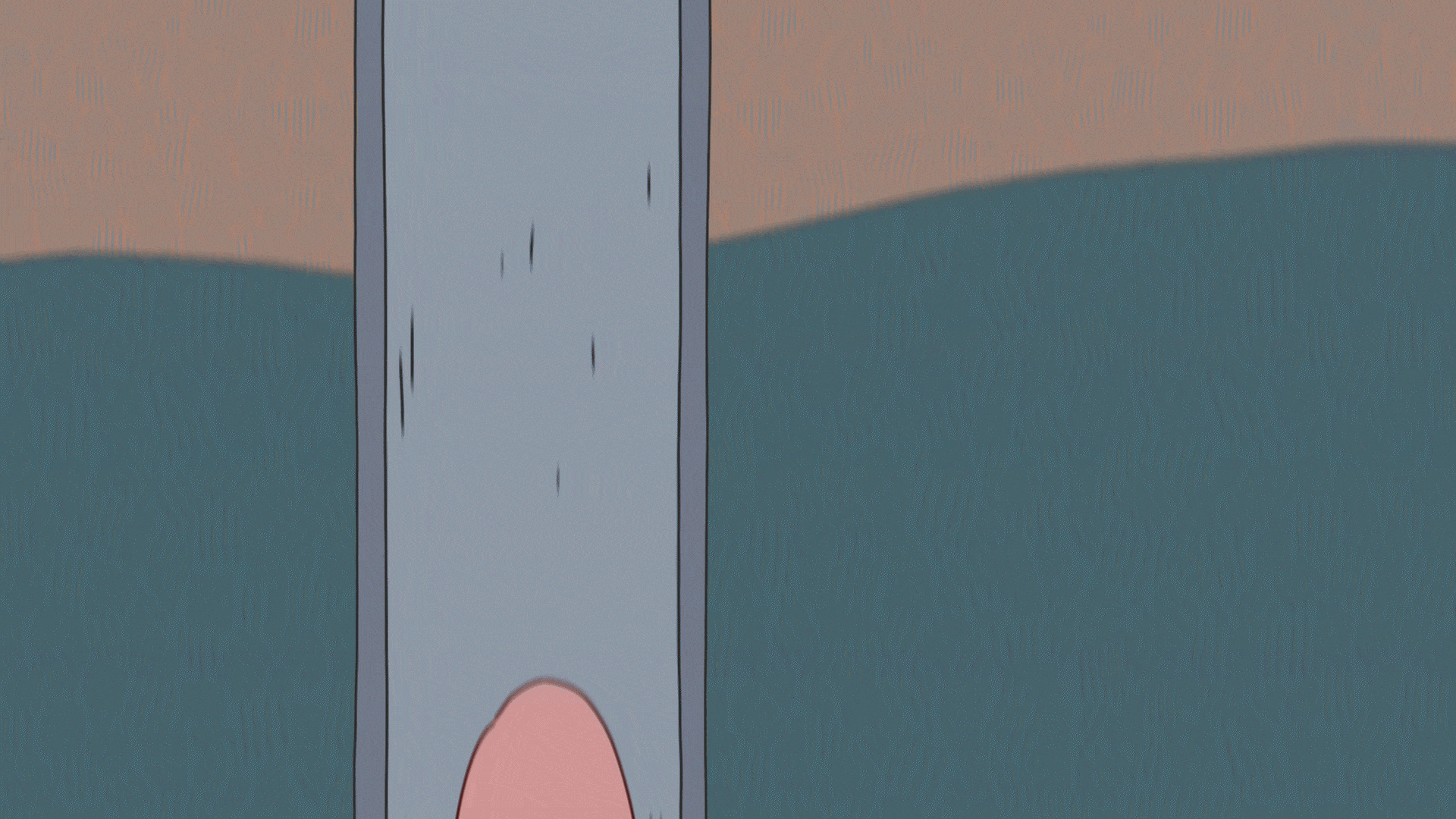
THE CARBON REMOVAL RESEARCH PROJECT
Our mission: negative emissions
CARBON REMOVAL INNOVATION
Each year, humans dig and pipe up billions of tonnes of carbon stored within the Earth’s crust and burn the fuel, releasing it into the air. The blanket of heat created by carbon dioxide and other greenhouse gases is increasingly disrupting people's lives and the environment.
To limit the damage, we need to wean ourselves from fossil fuels as soon as possible. And every tonne of carbon returned underground will help.
As well as reducing our footprint, we want New Zealand to be a world leader in carbon removal through a suite of evaluated options.

MADE IN AND FOR AOTEAROA
New Zealand already pulls millions of tonnes of carbon out of the air each year, through the trees we plant for wood. But trees might only store greenhouse emissions for a limited time – carbon is released back to the atmosphere when wood products break down or forests are damaged in storms or fires.
The new goal is storing carbon for centuries or millennia. Start-ups are introducing carbon removal tech across the world. In 2021, machines in Iceland started to suck thousands of tonnes carbon directly out of the air and pipe it down into the geothermal reservoir deep below a power plant. Other plants have followed.
To mop up some of the greenhouse pollution already released, we’ll investigate three carbon-removal ideas well suited to New Zealand:
Burning slash at a geothermal plant and sending the carbon underground. The unwanted wood – such as treetops and small branches – that remains when a forest is harvested is a source of stored carbon. Usually, it’s left behind to rot, releasing its carbon and nutrients. During storms, it can wash into rivers, damaging homes and roads. With so much of this material produced here, we’ll explore how it could instead be burned at a geothermal power plant, creating extra electricity. But rather than releasing the carbon to the atmosphere, we’ll capture it and mix it into the condensed geothermal water that is sent back underground. There, deep in the reservoir and with a little of our help, the carbon could mineralise into rock – locked away for (we expect) thousands of years.
Adding carbon-absorbing rock to farmland. Luckily for us, New Zealand has deposits of rocky minerals that grab carbon from the air. It's already crushed into powder and applied on some farms for crop nutrition, but we'll need to step this up. The magic happens when the carbon dissolves in rainwater, allowing our minerals to nab it. Eventually, the dissolved carbon-mineral pair washes into rivers, then the sea, before finally settling on the ocean floor. Our task: to produce and measure a meaningful rate of carbon absorption, more than balancing out the mining and transport. We hope the crushed rock will also act as a fertiliser and make trees grow faster, absorbing even more emissions. The micro-minerals may also remedy the increasing acidity of the world's oceans. We could have a triple win on our hands!
Using wood ash to replace cement. The concrete that builds our buildings, roads and footpaths is no friend to the planet. Like an omelette and eggs, you can’t make cement without breaking limestone and releasing carbon dioxide. But the ash made by burning wood, including from our boosted geothermal plants, will be highly reactive and should – especially when we find the ideal conditions – draw more carbon from the air. This carbon-negative material would replace some carbon-positive cement.

THE BIGGER PICTURE
Our team will also conduct wider analysis to check how carbon removal tech could work for our nation:
Can we build it? Our energy experts will use a specialist computer model to determine which carbon removal options are the most cost effective for New Zealand. They’ll also produce a road map of our energy system outlining what infrastructure we’ll need to build, and when, to align with the national goal to be net-zero by 2050.
Mapping the opportunities. Our team will combine scientific, economic and societal information to determine the regions of New Zealand best placed to pioneer this tech. We'll also explore whether deep saline aquifers or old oil wells could act as storage sites.
An eye on the drawbacks. As much as we want to develop perfect technologies – that are cheap as chips and have zero environmental impacts – carbon removal will have trade-offs. If we add crushed rock to pasture, we'll need to keep an eye on the health of nearby streams, rivers and lakes, for example. Wherever possible, we'll aim to minimise these issues in our development, but we want our nation to introduce carbon removal with a robust understanding of the limitations and downsides.
Anticipating issues. We've chosen technologies where the risk of leaks is low. Even so, before sending large amounts of carbon dioxide to geothermal reservoirs and other systems, we'll study them closely using computer modelling to assess how much carbon can be stored and for how long. This work also will determine how our tech might affect the power stations relying on these reservoirs and anticipate routes that carbon might come back to the surface – an outcome we do not want. We'll suggest robust ways to avoid, monitor, account for and prevent this.

SOLID AS A ROCK
We're recreating the conditions of a geothermal reservoir in a University of Auckland lab. A machine will produce the pressures and temperatures found deep within the Earth. We'll add samples of rocks drilled from potential geothermal sites plus the type of salty, carbon-containing liquid that we plan to send underground. Some of the carbon will start to mineralise, essentially creating new rock on old.
We'll take out the rocky material and analyse it using state-of-the-art techniques that help explain how and why the carbon is solidifying – the more the better! Solid carbon is the best outcome, because this will stay permanently in the Earth.
LOOKING OVER THE LAW
The act of pulling carbon from the air is new to everyone, including officials who will approve, regulate and monitor the use of the technology. If an organisation opts to sell the service of removing carbon, long-established and developing international and national standards must be met. Additionally, one of the last things we want is see carbon removal tech contributing to other environmental issues – for example, air or water pollution. Our legal scholars will review relevant local, national and international laws, policies and guidance to identify potential issues and obstacles. We’ll also explore how carbon removal fits with New Zealand's founding document, Te Tiriti o Waitangi and the tikanga, or Māori customary law and practices, of our Indigenous partners.

END GAME
By the end of our project, our research team will produce and publish three case studies outlining how different carbon removal technologies might be established and how these might be deployed across the motu (nation).
Although we hope our partners will introduce the type of tech we’ll explore, that call will ultimately be up to them.
The fledgling industry will also learn from our mapping, modelling and risk assessment reports.